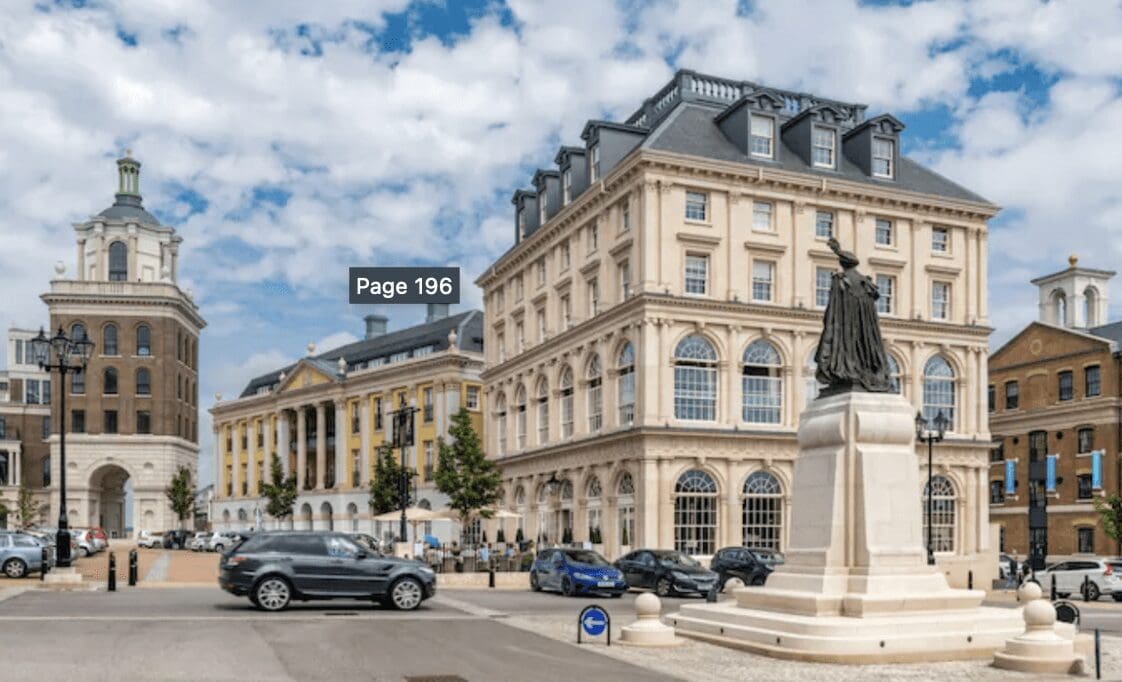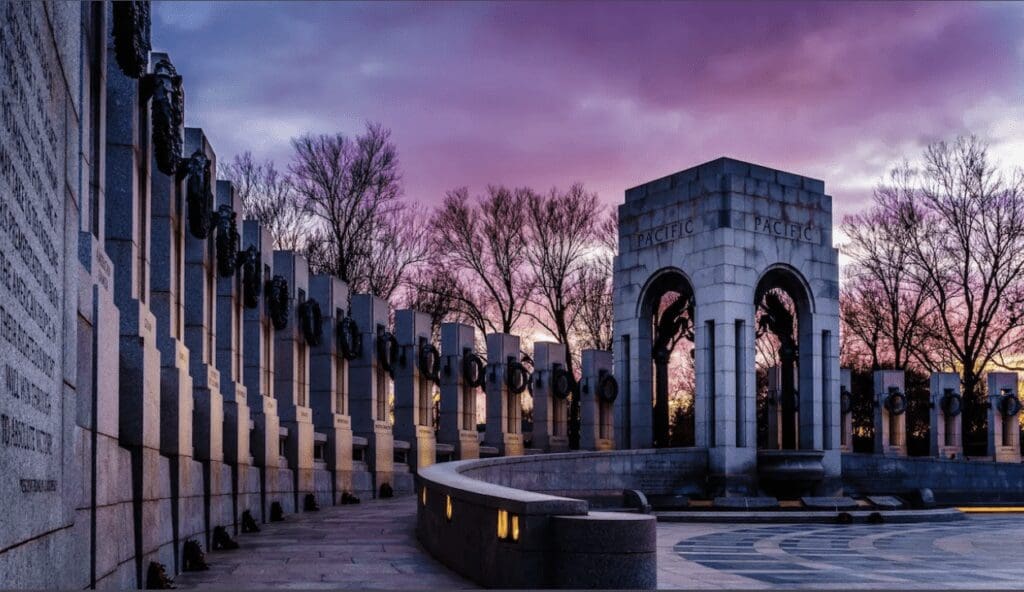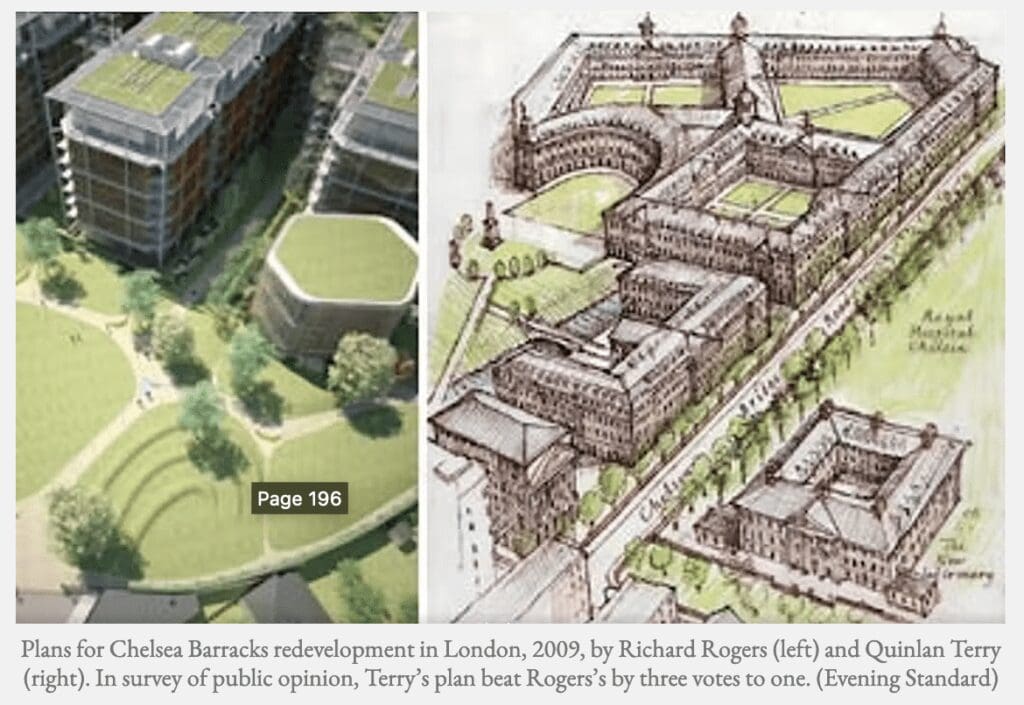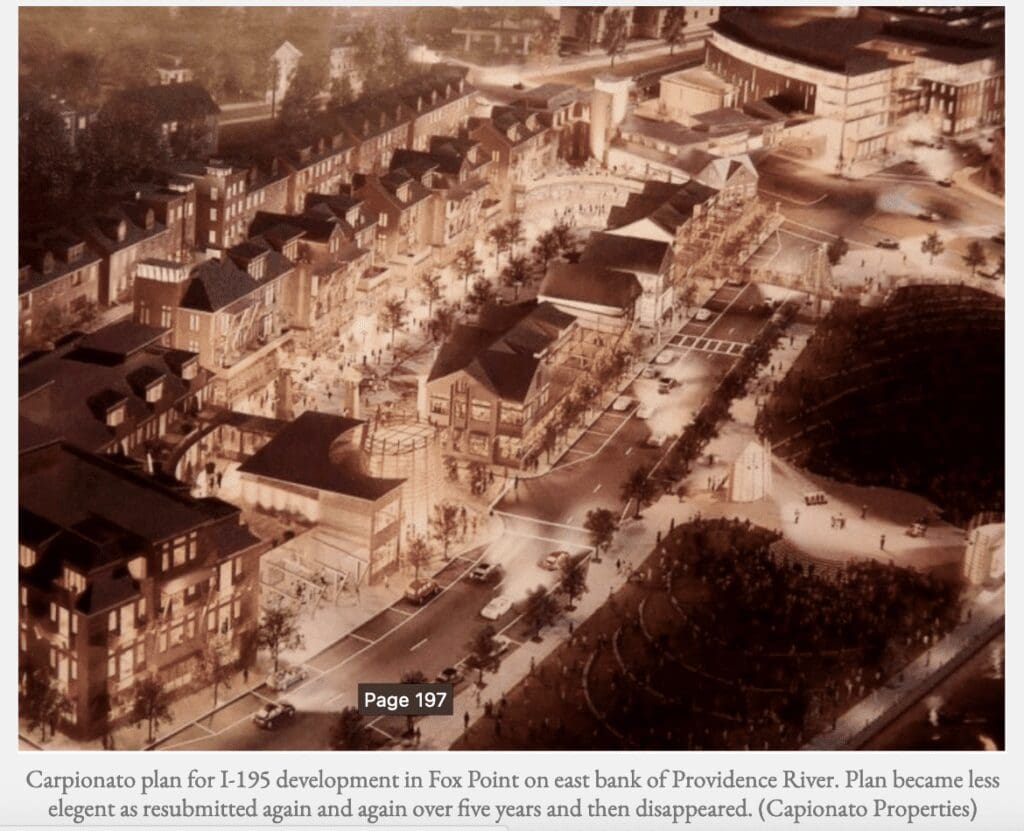Search Posts
Recent Posts
- Executive Order slams brakes on Offshore Wind – The Nantucket Current January 23, 2025
- We Cook! Mill’s Tavern Cider Glazed No. Atlantic Swordfish, Root Veggies, Brussels Sprouts January 23, 2025
- Little Compton, Newport, Scituate public water systems to address PFAs, drinking water quality January 23, 2025
- Rhode Island Weather for Jan. 23, 2025 – Jack Donnelly January 23, 2025
- It is what it is: 1-22-25 – Jen Brien January 22, 2025
Categories
Subscribe!
Thanks for subscribing! Please check your email for further instructions.

LOST Providence: Providence Lost and Regained III – David Brussat
Editor’s note: This is the third part of the epilogue of Lost Providence, titled “Providence Lost and Regained.”
***
Photo, top: Poundbury, a suburb of Dorchester, in southeast England, was built by King Charles (as prince)
5 a.m. I’m falling apart. My boyfriend is sleeping with a bronzed giantess. My mother is sleeping with a Portuguese. Jeremy is sleeping with a horrible trollop. Prince Charles is sleeping with Camilla Parker-Bowles. Do not know what to believe in or hold on to anymore.
—Helen Fielding, Bridget Jones’s Diary (1996)
Architect Friedrich St. Florian has been mentioned often in these pages. As dean emeritus of architecture at RISD, designer of Providence Place and the National World War II Memorial, and signer of “The Napkin,” he was frequently a presence in my writing on architecture for the Providence Journal. We had lunch often, and once he told me that he believed traditional architecture’s revival would be fostered by the individual’s need for an anchor in an unstable world. Traditional buildings serve as a psychological handhold for people made anxious by the swift pace of change in every human endeavor and society at large. Modernist buildings, where it is sometimes difficult even to find the front door, do not promote stability in a turbulent world. That’s the last thing they want to do.

Architecture that has evolved over time as best practices improve the building process in ways handed down generation by generation trumps an experimental architecture based on a hybrid of ideologies that exalt innovation over experience. For more than half a century, architecture has become the only industry – nay, the only field of human endeavor, from art to engineering – that officially rejects precedent as the primary strategy for moving from past practice to future practice. It is not logical. It has not worked. And few modernist architects practice it, whatever they may say. Their ambivalence makes their architecture more complex, costlier and more difficult to enjoy.
A third grader need not be especially precocious to perceive the practical and aesthetic superiority of traditional architecture. All of us are immersed in architecture from early childhood, and our intuitive sense of what works in architecture rests on so much more experience than our judgment of other arts we experience only intermittently.

All research and almost all anecdotal evidence shows that a large majority of people prefer traditional to modern architecture. Architects’ intuitive sensibilities are purged in schools of architecture and replaced by supposedly more sophisticated attitudes. Modernist architects treat public disdain for their work as a feather in their cap. Proof of that disdain may be found in the purchase or rental of houses. The market for housing is overwhelmingly traditional because most people choose their houses themselves. modernist houses are built or bought mostly by wealthy professionals or trustafarians who seek to establish their “street cred” as “edgy” – artist wannabes. Almost all large commissions for new buildings are modernist because such decisions are made by committee, almost always led by the same people who commission modernist homes, and for the same reasons. Yet modernist architects themselves frequently live in traditional houses: they are unwilling to inflict on themselves what they inflict on others.
A mayor or governor who wants to reform this situation will get pushback from design professionals and academics but support from the public. That is even more true in Rhode Island, where citizens are accustomed to a level of beauty in their built environment that is rare in many other states. Providence and Newport are only two of many among Rhode Island’s thirty-nine cities and towns whose historic centers and neighborhoods retain a large portion of traditional fabric. Cultural tourists visit Newport, Westerly and Providence more than Johnson, Warwick and North Providence for the same reasons global tourists visit not Houston, Vrasilia and La Defense (outside Paris) but old Paris, old Rome and old London – what’s left of it. It should be noted that much remains of London’s vast expanse of historic fabric. Like Paris, Rome and Providence, the extent of beauty remaining in London can survive decades of assault by architectural ideologues who, in their arrogance, believe that only their sterile, production-for-use tastes are appropriate or valid for the twenty-first century.
The civic leaders of Providence and Rhode Island are at a crossroads – they can choose to foster such arrogance, at continued great cost to the character of their city and state, or turn the practice of design here in a more salutary, salubrious and sustainable direction. In Providence, they can simply choose to obey the law and encourage developers to do likewise. The relatively minor cost of this shift will be incurred by architecture firms hired for projects now on the boards. They would have to redo their designs. Some may need to diversify their practices by hiring architects who know how to provide what the public likes rather than what the design establishment demands. Developers may regret the upfront cost of such a shift, but they will save money over the long run as design review and permitting is simplified, and as the public learns to understand that new buildings need no longer be a cause for anxiety. People will welcome new projects as offering positive change, as was the norm just half a century ago.

A shift toward traditional architecture in Rhode Island would be not only cheap but easy. The widely recognized ills of the built environment may be healed without having to address complexities that challenge reformers hoping to solve the problems of poverty, crime, injustice, family breakdown, disease, economic stagnation, ignorance and the rest, not to mention war and peace. People in authority, such as the governor, would need to do little beyond deciding that such a change should take place. Returning beauty to the forefront of design would place Rhode Island at the head of a bottom-up movement already afoot in America, leading in a direction huge majorities would like to go. And the emergence of beauty and civility in public buildings and spaces might even create a social atmosphere conducive to greater participation and cooperation in the public policy debates that set our course as a democracy.
***
The fourth and final part of the epilogue of Lost Providence will appear on the next post of this blog.
___
To read other articles by David Brussat: https://rinewstoday.com/david-brussat-contributing-writer/

My freelance writing and editing on architecture and others addresses issues of design and culture locally and globally. I am a member of the board of the New England chapter of the Institute of Classical Architecture & Art, which bestowed an Arthur Ross Award on me in 2002. I work from Providence, R.I., where I live with my wife Victoria, my son Billy and our cat, Gato. If you would like to employ my writing and editing to improve your work, please email me at my consultancy, [email protected], or call (401) 351-0451.
